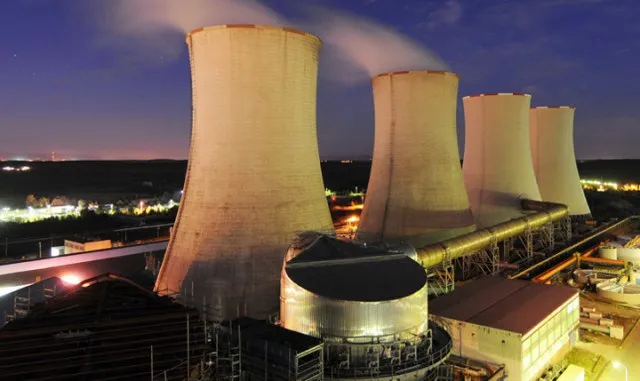The Government has commenced preparatory work for adding two more units to the Hwange Power Station to enhance the country’s base load capacity.
This move follows the activation of Hwange Units 7 and 8 in August last year, which helped counterbalance the reduced power output from the Kariba hydroelectric plant due to low water levels.
The Zambezi River Authority (ZRA) recently reported that live water levels were around 12.8 percent in early June 2024, down from 29.1 percent at the same time the previous year.
With climate change affecting rainfall patterns, reliance on hydroelectric power has become less dependable. The ZRA also noted that it was maintaining a water allocation of 16 billion cubic meters for ZESA and the Zambian utility ZESCO, which translates to a combined annual average power output of 428 MW, split equally between the two utilities.
In response, the Government aims to increase domestic power generation through new projects to meet the rising electricity demand driven by growth in key sectors such as mining, manufacturing, and agriculture. Household energy use is also expected to rise, putting additional pressure on the national grid.
Projected electricity demand is anticipated to reach around 5,177 MW by 2030, highlighting the need for continued development in power generation.
Finance, Economic Development and Investment Promotion Minister Professor Mthuli Ncube, in the Budget Strategy Paper 2025, noted that the expansion project for Hwange Units 7 and 8 had significantly improved energy supply and alleviated deficits at Kariba. He emphasized that further investment and policy reforms would focus on meeting growing electricity demand through new projects and the maintenance of existing power generation units.
Professor Ncube announced that the Government has begun developing Hwange Units 9 and 10 to support the country’s base load and energy mix. He also highlighted risk mitigation incentives provided under the Project Implementation Agreement to enhance the bankability of solar projects managed by independent power producers (IPPs).
These efforts aim to boost investments in clean energy, improve sector resilience against climatic shocks, and expand grid capacity through mini-hydropower plants, solar projects, and bio-digesters funded by the Rural Electrification Fund. Additionally, partnerships with the private sector will focus on implementing off-grid systems to provide electricity to remote communities.
For comments, Feedback and Opinions do get in touch with our editor on WhatsApp: +44 7949 297606

For comments, Feedback and Opinions do get in touch with our editor on WhatsApp: +44 7949 297606.


